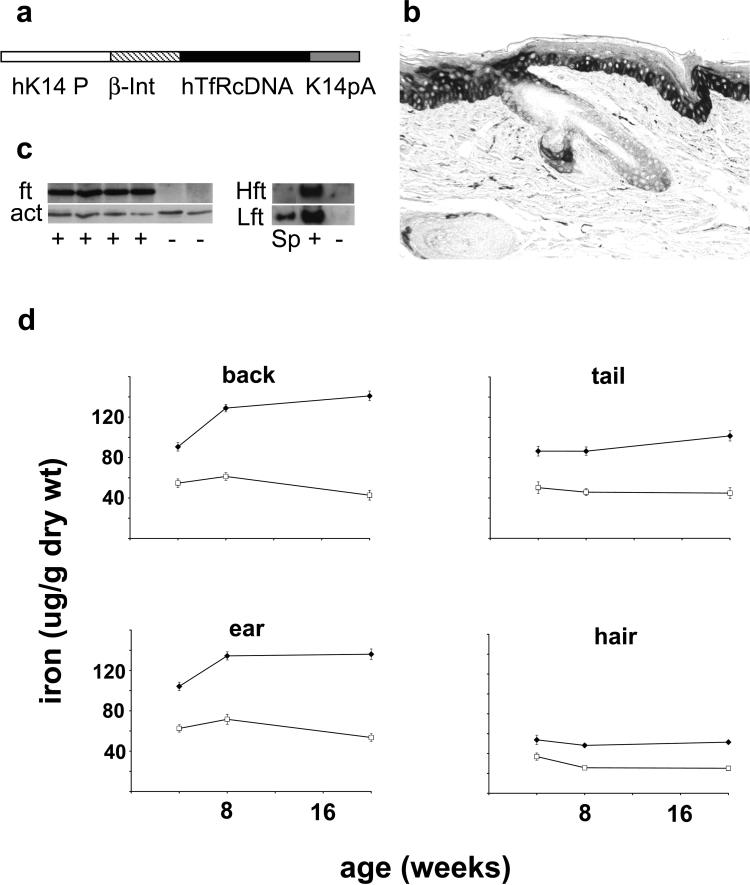Figure 1. Basal layer expression of human transferrin receptor in K14-hTfR transgenic mice increases iron in epidermis.
(a) The transgene consists of the human transferrin receptor coding sequence (hTfRcDNA) in an expression cassette that contains a human keratin promoter (hK14 P), a β-globin Intron (β-Int), and human K14 polyA (K14pA). (b) Immunohistochemistry of tail skin using antibody that reacts with human transferrin receptor but not normal mouse epidermis (see Figure S1d). (c) Western blots of epidermal extracts from K14-hTfR transgenic (+) or control littermates (−) were probed (left panel) for total ferritin (ft) and reprobed for actin (act) or were probed (right panel) for heavy (Hft) and light (Lft) chains of ferritin using spleen (Sp) as control. (d) Iron in the epidermis and hair of K14-hTfR transgenic mice. Iron was measured in epidermis from various locations and in hair. Each point is the mean±SD from eight to 13 animals. Iron content in samples from transgenic mice (◆) was significantly greater (at least P≤0.008) than wild-type littermates (□) at all locations and at all times.

